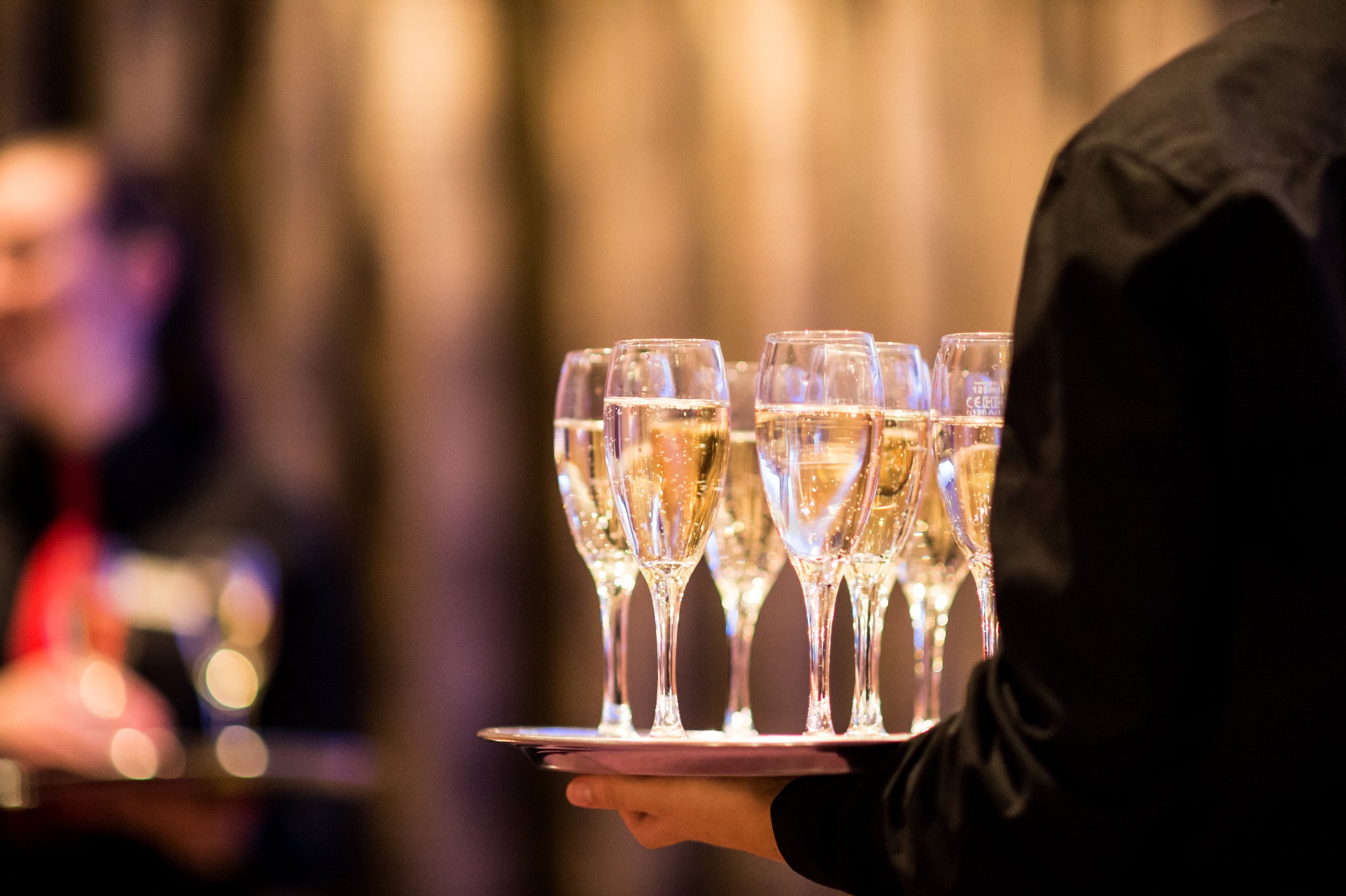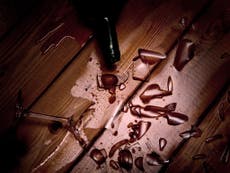Taking care of fizz-ness! How to serve champagne at a top restaurant
Our secret sommelier talks one-size-fits-all glassware and know-it-all customers

Upon accidentally inventing champagne, Dom Pérignon is rumoured to have called to his fellow monks, “come quickly, for I am tasting the stars!” This is widely known to be a lie – one of many that are levelled at champagne.
Another is that it isn’t wine, or that it shouldn’t be treated as such. The thing is, it is, and it should be.
You’ll find that, in a number of restaurants, people are coming around to treating sparkling wines just like the others: the sparkling section of many menus is growing, rich champagnes are being decanted, champagne is being served in normal wine glasses.
I, for one, was ecstatic when people started giving up flutes and coupes in favour of standard glassware. Not least because I have an enormous nose: getting the end of a flute of champagne into my gullet requires me to tilt my head so far back it looks like I’m going to fall over. It’s an utterly undignified way to drink, especially for a sommelier.
It speaks to another trend going on in restaurants – to have just one type of wine glass. St John has been doing this since it opened (short stem, for wine and water, controversial but I love it) but everyone else has taken a little longer to catch on. The quality and options for glassware have gotten much better in the last 20 years or so, and now everyone’s doing it.
As you might expect, everyone in Paris has been doing it for longer. Most trendy Parisian wine bars and restaurants use small, chic wine glasses made by Spiegelau. At work, I chose a classic Riedel glass. We use them for everything – red, white, sweet, sparkling. Finding our glass took some time. Some were too big, others too small; but the one we settled on felt just right.
Sommeliers and wine writers have been extolling the virtues of one-good-glass-for-everything for quite some time. It makes sense. At home, it means you don’t have to purchase (or wash up) a whole separate set of mostly unused glasses. With regard to champagne in particular, using a wine glass means you can swirl it and smell it. You are also far less likely to spill it. A traditional glass is – as I said – much kinder to the larger-nosed among us.
People are getting used to the single glass. Most like it. Occasionally, however, a customer will look at me and say, “don’t you have real champagne glasses?” or, “can’t we have it in a flute?” A normal, kind, polite customer is receptive to a brief explanation: “It’s easier to drink! Has space to breathe! Doesn’t affect the bubbles dramatically at all!” But not all customers are kind and polite. Some are created, it feels, just to pick holes in everything we do.
Gary – let’s call him Gary – was not buying my “champagne is wine, too!” spiel. He wanted a flute.
“I’m really sorry, we just don’t have champagne flutes.”
“There must be some in the building, this is a restaurant.”
“Yes Sir, I know, but there really aren’t.”
“I’m drinking champagne, I want it in a champagne flute.”
Gary was not actually drinking champagne, he had ordered a glass of prosecco, but I didn’t think it was the time to remind him about that.
“What’s that!”
He pointed across the dining room, at a single sherry glass sat dustily on the shelf. It was one of a number of samples that I’d been sent – this one rejected because of how absurdly narrow it was. Full to the brim, it held just over 90ml of liquid but from a distance it had a champagne-flute-like shape, I’d give him that.
“It’s a sherry glass, it’s quite small…” I began.
“Looks like a champagne glass to me!”
What happened next was pure pantomime. Gary ordered glass after glass of prosecco and they would arrive at his table in one of our wine glasses, just like the rosé that everyone else was drinking.
He’d then pour half of his prosecco into the tiny little sherry flute and sip from it until it was empty. He’d pour in the second half and go again.
“Hmm,” he said, looking at me after the first sip, “much better, it’s just fizzier, more alive!”
I smiled and didn’t say anything about how pouring the wine between glasses would reduce the bubbles by half. Gary was wearing the self-satisfied look of a toddler playing with cups in a paddling pool. The women dining with him pretended not to notice. They cast wary looks in my direction. This was evidently the type of behaviour that Gary was known for.
Silently, the women agreed they wouldn’t make fun of him. I nodded. I wouldn’t say any more.
Nobody, it seemed, wanted to burst his bubble.






Join our commenting forum
Join thought-provoking conversations, follow other Independent readers and see their replies
Comments